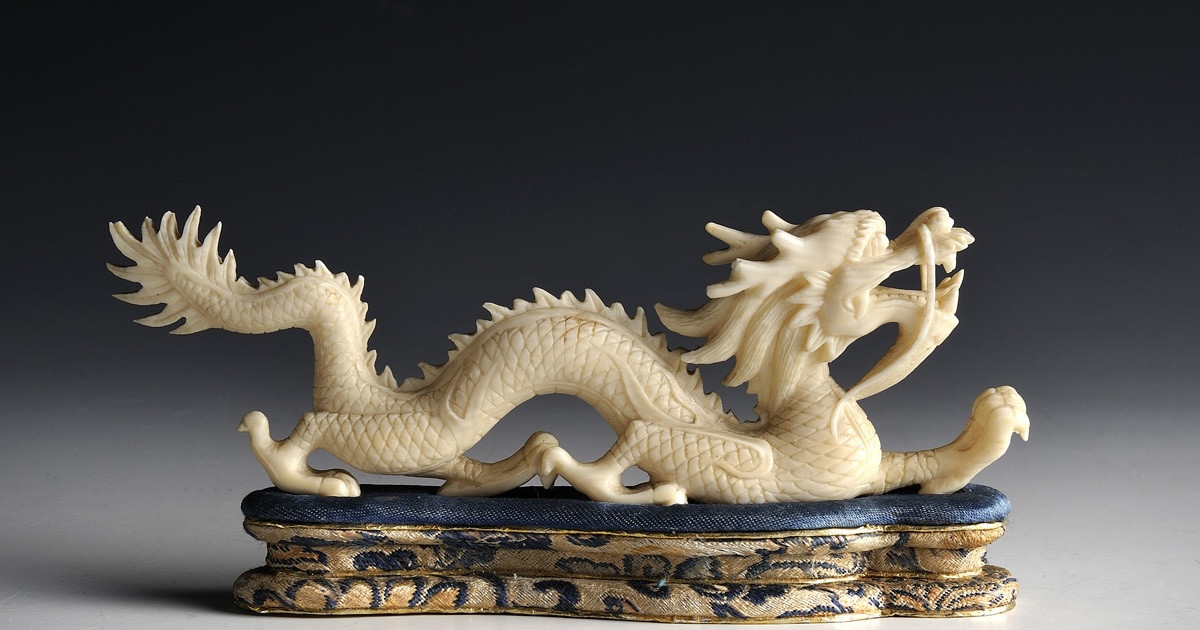
Ivory Coast, also known as Côte d'Ivoire, is a fascinating country located in West Africa. Did you know that Ivory Coast is the world's largest producer of cocoa beans? This vibrant nation is rich in culture, history, and natural beauty. From its bustling cities to its serene beaches, there's so much to learn about this unique place. Whether you're interested in its diverse wildlife, traditional festivals, or economic significance, Ivory Coast has something for everyone. Ready to dive into 30 intriguing facts about Ivory Coast? Let's explore what makes this country truly special and uncover some surprising details you might not know!
Ivory: A Precious Material
Ivory has been prized for centuries for its beauty and versatility. Derived mainly from elephant tusks, it has a rich history and cultural significance. Here are some fascinating facts about ivory.
-
Ivory comes from elephant tusks. These tusks are elongated incisor teeth that continue to grow throughout an elephant's life.
-
Ivory is not exclusive to elephants. Other animals like walruses, narwhals, and hippopotamuses also produce ivory.
-
Ivory has been used for thousands of years. Ancient civilizations used it for art, tools, and religious artifacts.
-
Ivory is highly durable. This makes it ideal for intricate carvings and long-lasting objects.
-
Ivory trade dates back to ancient times. Egyptians, Greeks, and Romans all traded ivory extensively.
The Cultural Significance of Ivory
Ivory holds a special place in many cultures around the world. Its use often symbolizes wealth, power, and spirituality.
-
In Africa, ivory was a symbol of power. African chiefs and kings often owned ivory artifacts.
-
Ivory was used in religious ceremonies. Many cultures used ivory to create religious icons and ceremonial objects.
-
Ivory was a status symbol in Europe. During the Renaissance, owning ivory items indicated wealth and sophistication.
-
Ivory has been used in traditional medicine. Some cultures believe ivory has healing properties.
-
Ivory is featured in famous artworks. Many renowned sculptures and artifacts are made from ivory.
The Dark Side of Ivory Trade
While ivory is beautiful, its trade has had devastating effects on wildlife, particularly elephants.
-
Elephants are killed for their tusks. Poaching has led to a significant decline in elephant populations.
-
Ivory trade is illegal in many countries. To protect elephants, many nations have banned the trade of ivory.
-
Ivory poaching funds illegal activities. The profits from ivory sales often support criminal organizations.
-
Conservation efforts are ongoing. Many organizations work to protect elephants and stop ivory poaching.
-
Ivory substitutes are being developed. Scientists are creating alternatives to reduce the demand for real ivory.
The Craftsmanship of Ivory
Ivory's unique properties make it a favorite material for artisans and craftsmen.
-
Ivory is easy to carve. Its fine grain allows for detailed and intricate designs.
-
Ivory has a smooth texture. This makes it pleasant to touch and handle.
-
Ivory can be polished to a high shine. This enhances its visual appeal.
-
Ivory is used in musical instruments. Piano keys and bagpipes often feature ivory components.
-
Ivory inlays are common in furniture. Many antique pieces have ivory inlays for decoration.
Modern Uses and Regulations
Despite its controversial history, ivory still finds use in some modern applications, albeit under strict regulations.
-
Ivory is used in jewelry. Some high-end jewelry pieces incorporate ivory elements.
-
Ivory is used in knife handles. Many custom knives feature ivory handles for their beauty and durability.
-
Ivory is subject to strict regulations. International laws govern the trade and use of ivory to protect endangered species.
-
Ivory can be legally traded if antique. Some countries allow the trade of antique ivory items.
-
Ivory is used in restoration. Museums and collectors use ivory to restore historical artifacts.
The Future of Ivory
The future of ivory is uncertain, with ongoing debates about its use and conservation.
-
Public awareness is increasing. More people are becoming aware of the impact of ivory trade on wildlife.
-
Technological advances offer alternatives. Synthetic materials are being developed to replace ivory.
-
Legal frameworks are evolving. Laws continue to change to better protect endangered species.
-
Cultural shifts are happening. Attitudes towards ivory are changing, with more people rejecting its use.
-
Ivory conservation is a global effort. Countries around the world are working together to protect elephants and other ivory-producing animals.
The Final Word on Ivory
Ivory has fascinated humans for centuries. From its use in ancient artifacts to its role in modern conservation efforts, it’s clear that ivory holds a complex place in our world. While it’s beautiful and historically significant, the demand for ivory has led to severe consequences for elephant populations. Conservationists are working tirelessly to protect these majestic creatures and curb illegal trade.
Understanding the history and impact of ivory helps us make informed choices. By supporting ethical practices and spreading awareness, we can contribute to the preservation of elephants and their habitats. Every small action counts, whether it’s choosing alternatives to ivory products or supporting organizations dedicated to wildlife conservation.
Ivory’s story is a reminder of our responsibility to protect the natural world. Let’s cherish the beauty of elephants in the wild, not in trinkets and carvings.
Was this page helpful?
Our commitment to delivering trustworthy and engaging content is at the heart of what we do. Each fact on our site is contributed by real users like you, bringing a wealth of diverse insights and information. To ensure the highest standards of accuracy and reliability, our dedicated editors meticulously review each submission. This process guarantees that the facts we share are not only fascinating but also credible. Trust in our commitment to quality and authenticity as you explore and learn with us.
